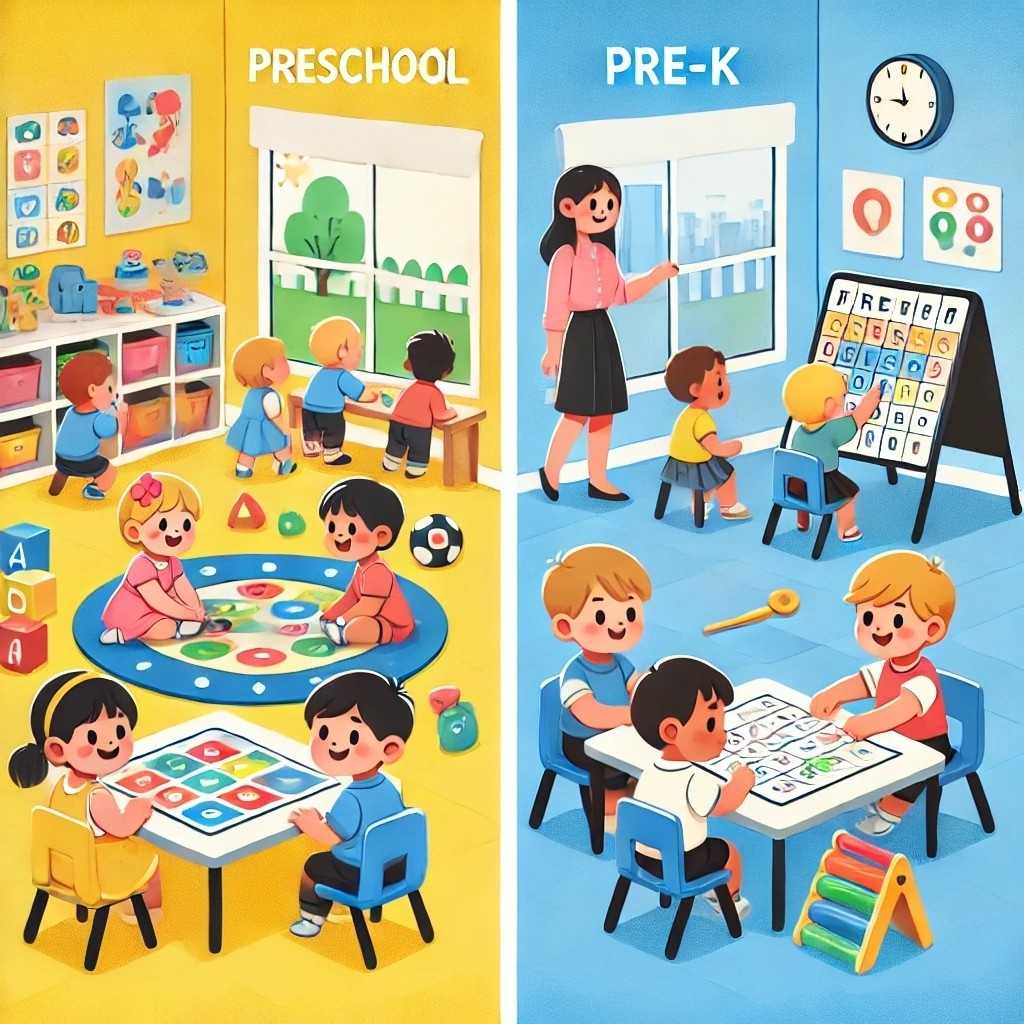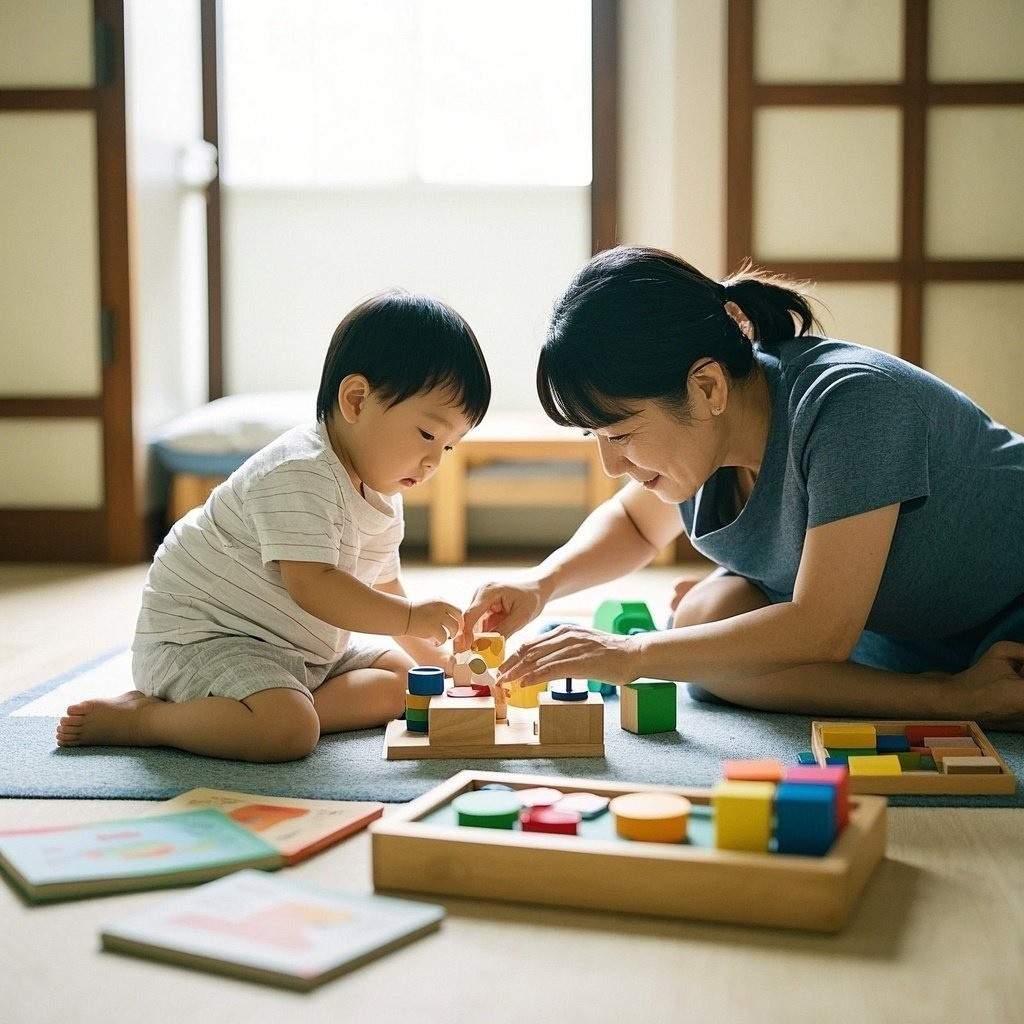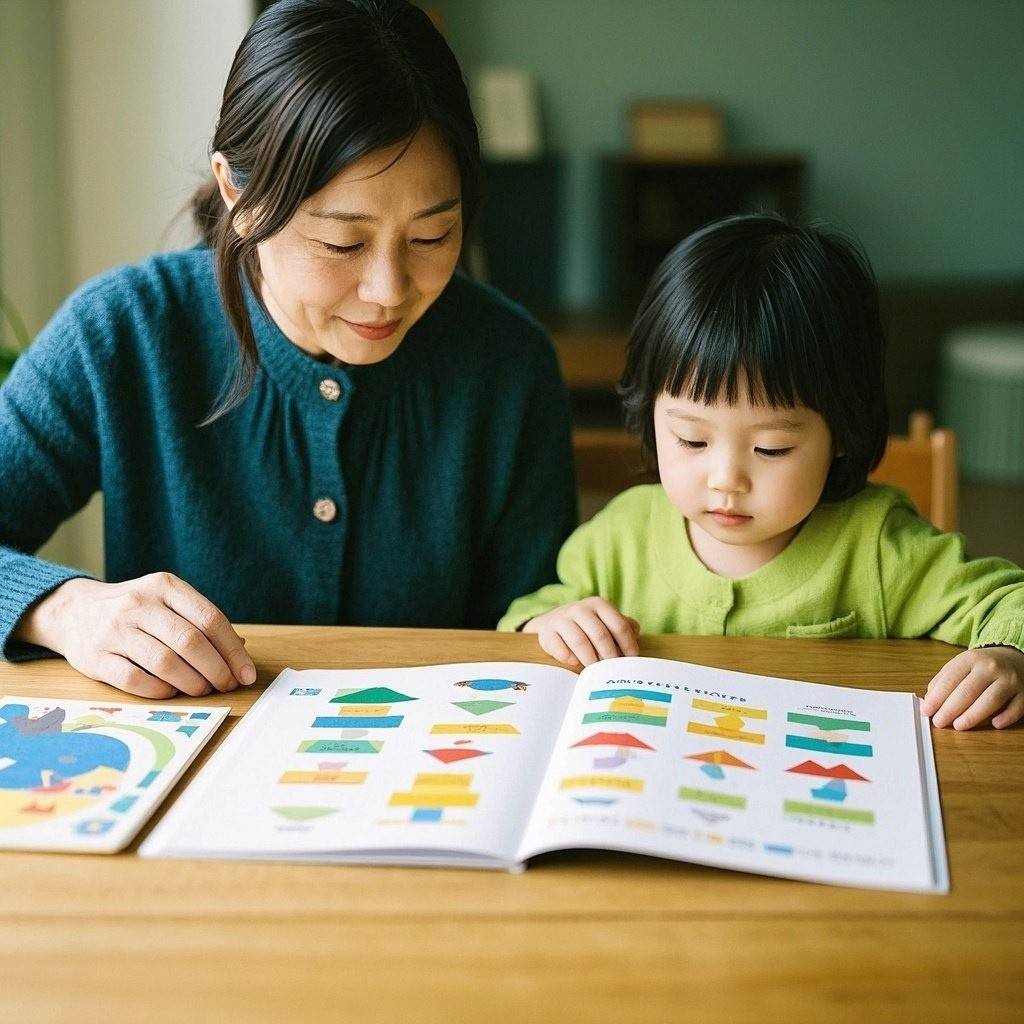Sensory motor skills are essential for navigating and interacting with the world around us. These skills allow us to process sensory information and use it to coordinate our movements effectively. From walking and balancing to fine-tuning hand-eye coordination, sensory motor activities play a crucial role in our ability to function and thrive physically. In this blog, we’ll dive into how sensory motor skills activities help improve coordination and balance, two critical components of physical development.
What Are Sensory Motor Skills?
Sensory motor skills involve the integration of sensory information (like touch, vision, and hearing) with motor responses (like moving your hands, legs, or body). Sensory input helps guide motor output—our body’s physical response to stimuli. For example, when you touch something hot, your sensory system sends a signal to your brain, prompting a quick motor response to pull your hand away. This connection between sensory input and motor function is vital for developing coordination, balance, and overall movement efficiency.
The Role of Coordination and Balance in Physical Development
Coordination and balance are fundamental in maintaining smooth, efficient movements. Coordination refers to the ability to use different parts of the body together smoothly and efficiently. Balance, on the other hand, is the ability to maintain control of your body position, whether you’re standing still or moving. Both skills are essential for performing everyday tasks like walking, running, and lifting objects, and they play a major role in sports performance.
The relationship between sensory input and motor output is crucial to both coordination and balance. When your brain receives sensory information—whether it’s visual, auditory, or proprioceptive—it sends signals to your muscles to move in a coordinated way. Developing these connections helps the body move more fluidly and with greater control, reducing the risk of falls and injuries.
Types of Sensory Motor Activities
1. Fine Motor Activities:
- Examples: Drawing, using scissors, building with blocks, threading beads
- Impact: Fine motor activities focus on small, precise movements that require the use of small muscles, like those in your hands and fingers. These activities improve hand-eye coordination, dexterity, and the ability to manipulate objects with precision. As kids practice these tasks, they strengthen their connection between sensory inputs (like sight and touch) and motor responses, improving overall coordination.
2. Gross Motor Activities:
- Examples: Running, jumping, climbing, swimming
- Impact: Gross motor activities involve larger muscle groups and help develop full-body coordination. These activities encourage movement that requires the body to work as a whole, improving overall coordination between limbs and the core. Regular practice of gross motor skills is vital for building strength, agility, and balance.
3. Balance and Stability Exercises:
- Examples: Balance beams, yoga, tai chi, stability ball exercises
- Impact: Balance exercises help enhance proprioception—the awareness of your body’s position in space. These exercises strengthen the muscles that support your joints, improving your ability to maintain control over your body and stabilize during movements. Practicing balance regularly helps reduce the risk of falls and promotes better posture and control.
How Sensory Motor Activities Enhance Coordination
Coordination isn’t just about moving your arms and legs; it’s about how well your body can synchronize different muscle groups to achieve fluid and purposeful movement. Sensory motor activities help strengthen the connection between your sensory inputs (like seeing a target, feeling the ground beneath you, or hearing a cue) and your motor responses (like reaching for something or catching a ball).
For example, when you practice activities like juggling, playing basketball, or riding a bike, your brain learns to interpret the sensory information it receives and send the appropriate motor response to different parts of your body. This improves both fine and gross motor coordination, making your movements more precise and effective.
How Sensory Motor Activities Improve Balance
Balance is largely controlled by your proprioceptive system, which sends information to your brain about your body’s position and movement. Activities that challenge your balance—like standing on one foot or walking along a balance beam—help improve proprioception, enabling your brain to react quickly and appropriately to changes in posture or environment.
Balance exercises train the body to react instinctively to changes in posture or terrain, improving stability and reducing the risk of falls. This is especially important for older adults, who may experience a natural decline in proprioception and coordination as they age.
Benefits of Improved Coordination and Balance
The benefits of enhanced coordination and balance go beyond just physical skills—they can affect various areas of life:
- For children: Improved coordination and balance help with physical activities, sports, and school tasks, like writing or participating in gym class. These skills also play a role in cognitive development, as physical movement helps stimulate brain activity and learning.
- For adults: Adults with good coordination and balance tend to have better control over their movements, whether it’s performing daily tasks or engaging in physical exercise. These skills reduce the risk of injury and improve overall fitness.
- For seniors: For older adults, maintaining good balance and coordination is crucial to preventing falls and preserving independence. Balance exercises like tai chi have been shown to improve stability and mobility in older adults, contributing to a higher quality of life.
Practical Examples of Sensory Motor Activities for All Ages
- For children: Activities like playground games, dance classes, obstacle courses, and ball games (e.g., soccer or basketball) help develop coordination and balance while having fun.
- For adults: Pilates, yoga, martial arts, and balance training exercises are excellent ways to improve coordination and balance. These activities challenge both the mind and the body, helping you develop strength, flexibility, and control.
- For seniors: Tai chi, water aerobics, gentle stretching, and balance exercises like standing on one foot can help seniors improve their stability and mobility, reducing the risk of falls and maintaining independence.
Conclusion
Sensory motor skills activities are an essential part of physical development at any age. By engaging in activities that challenge coordination and balance, you can improve your body’s ability to respond to sensory inputs, make movements more fluid, and maintain stability in various situations. Whether you’re a child developing fundamental movement skills, an adult looking to improve athletic performance, or a senior hoping to stay independent, sensory motor exercises can help enhance your coordination, balance, and overall physical well-being.
So, make these activities a part of your routine, and start seeing the benefits in your movement, posture, and confidence!





